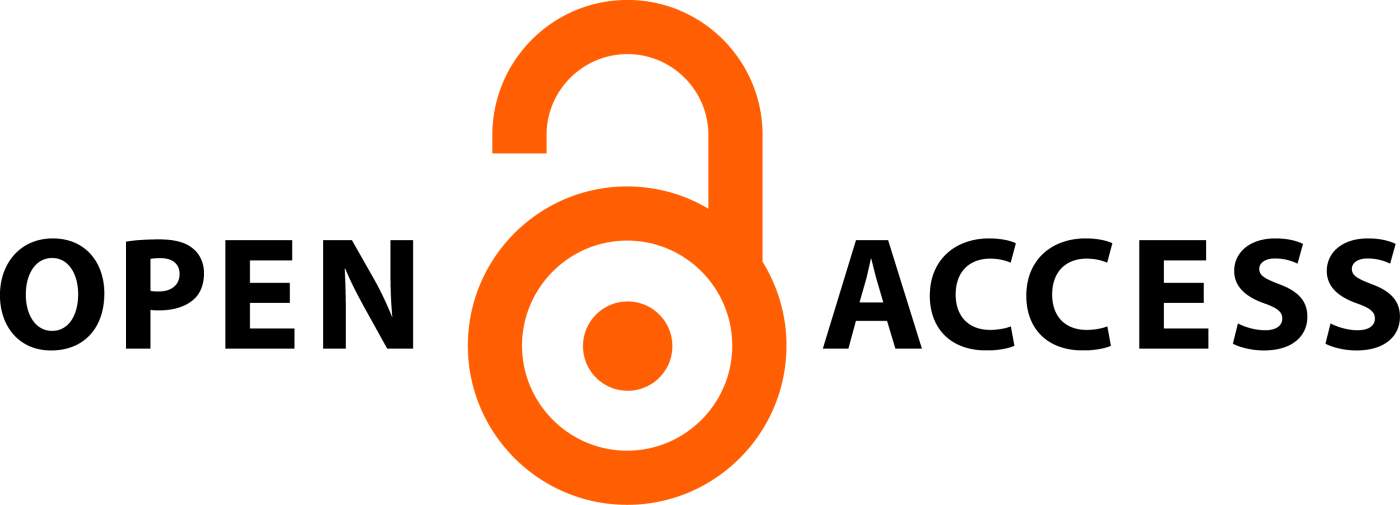DEVELOPMENT AND CHARACTERIZATION OF MUCOADHESIVE BUCCAL PATCH OF TIMOLOL MALEATE
Abstract
The oral transmucosal Timolol maleate delivery bypasses liver and avoids presystemic elimination in the gastro intestinal tract and
liver which enhance the bioavailability as well decreases the adverse effect. Objective: The present investigation highlights the formulation and
evaluation of mucoadhesive buccal patch of Timolol maleate because Timolol maleate has biphasic solubility hence relatively permeated through
buccal mucosa, which is well supplied with both vascular and lymphatic drainage. Material and Method: The mucoadhesive buccal patches of
Timolol maleate were prepared by solvent casting technique using polymers like Hydroxypropylmethyl cellulose-15cps and Polyvinyl
pyrrolidone. The formulated films were evaluated for their physiochemical parameters like surface pH, percentage moisture absorption, swelling
percentage, thickness, folding endurance and drug content. In vitro permeation and in vitro release studies were performed with pH 6.8 phosphate
buffer solution. Result and Discussion: The patches exhibited controlled release for more than 12 h. The in vitro release data were fit to different
equations and kinetic models to explain release profiles. The kinetic models used were zero order, first order higuchi’s and peppa’s. The best
mucoadhesive performance and matrix controlled release was exhibited by the formulation CK2 (3 % HPMC and 1 % PVP). Conclusion: Good
results were obtained both in physico chemical characteristics and in vitro studies in formulation CK2. Hence the formulations of Timolol
maleate bioadhesive buccal patch is a promising one as the controlled drug delivery with improved bioavailability.
Downloads
All the articles published in JAPSR are distributed under a creative commons license (CC BY-NC-SA 4.0)
Under this license, you are free to:
- Share- copy and redistribute the material in any medium or format for any purpose, even commercially.
- Adapt- remix, transform, and build upon the material for any purpose, even commercially.
The licensor cannot revoke these freedoms as long as you follow the license terms.
- Attribution — You must give appropriate credit , provide a link to the license, and indicate if changes were made . You may do so in any reasonable manner, but not in any way that suggests the licensor endorses you or your use.
- NonCommercial — You may not use the material for commercial purposes .
- ShareAlike — If you remix, transform, or build upon the material, you must distribute your contributions under the same license as the original.
- No additional restrictions — You may not apply legal terms or technological measures that legally restrict others from doing anything the license permits.
Copyright policy
The journal allows the author(s) to hold the copyright of their work. That means the authors do not need to transfer the copyright of their work to the journal. However, the authors grant JAPSR a license to publish the article and identify itself as the original publisher.
Licensing policy
The journal allows the author(s) to hold the copyright of their work. That means the authors do not need to transfer the copyright of their work to the journal. However, the authors grant JAPSR a license to publish the article and identify itself as the original publisher.






